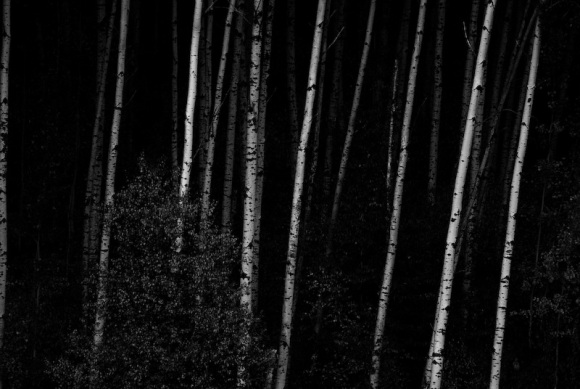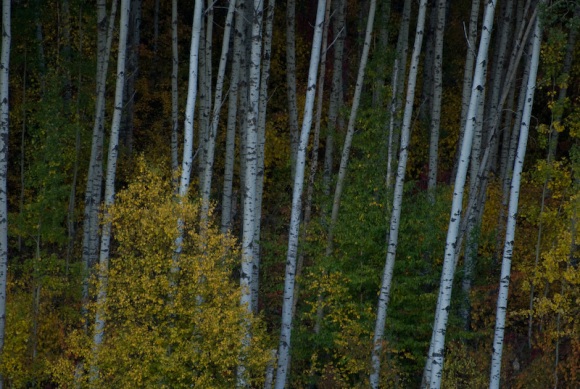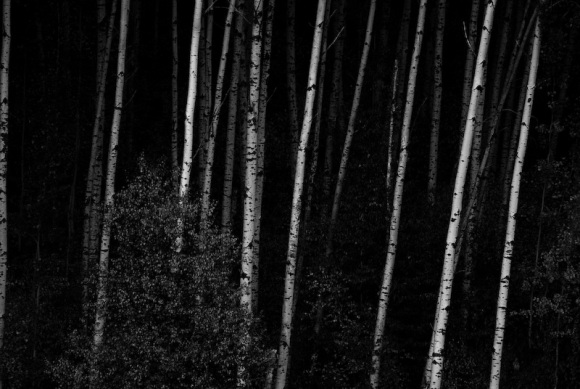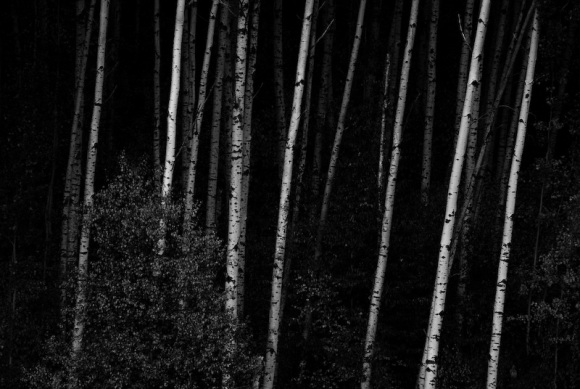I wanted to like Aperture. I really did. I was getting a laptop so I could take it with me on trips to download photos from my camera. I like apple’s products in general, and I was getting excited about Aperture, so I decided on a Macbook Pro. Apparently Aperture doesn’t run very well on plain old macbooks – the graphics card isn’t good enough. So I lay down the extra cash for the pro, take it home, and start setting everything up. I install the Aperture trial, and start importing my pictures … and continue importing my pictures … for hours … for a couple days. Eventually I switched to Lightroom and I got all set up in a day. Below is a bit of a review.
Speed
Lightroom seems to a little faster and simpler than Aperture, and still does almost (give me stacks!) everything that I would want. With Aperture I would often get the dreaded beachball cursor. Now this is a fast computer – a high-end Macbook Pro (2.33Ghz Core 2 Duo with 2GB ram). This should not happen. But with Lightroom, even browsing my whole collection is fairly speedy, and I rarely get the spinning cursor.
Adjustments
For image editing, Lightroom has very detailed non-destructive adjustments, just like Aperture, but it seems to me that images can be improved dramatically much quicker than aperture by just using the “Basic” controls on the right side. (vibrance is a beautiful control – I don’t think Aperture has an equivalent). I was never able to get results I was really happy with in aperture. In lightroom I can usually do all the color adjustment I want with the white balance controls, “Recovery”, “Fill LIght”, “Blacks” and “Vibrance”. Of course there are lots of more detailed controls for more fine-grained control which is occasionally needed. Cropping, straightening, spotting are all simple and intuitive in both programs.
Stacks
The one thing I miss from Aperture is stacks, which groups a bunch of photos, and only shows the best one of a group. Similar results can be achieved with stars and flags in lightroom, but it’s not the same and it takes a bit more work.
Edit:
Somehow I overlooked this in Lightroom. Both programs have stacks. You can either stack automatically by capture time or you can assign stacks manually.
Display
Aperture is also better for dual monitors, with flexible display settings. Lightroom doesn’t work on dual monitors yet, but the fullscreen mode (press f) in Lightroom is really nice, with the pop-out panels.
Organization
Other than all this, the filtering (to see only the photos you are interested in) is very powerful in both programs. The terminology is different between the programs, but the abilities are very similar. I didn’t really like that everything had to be in projects in Aperture. And a project can’t hold more than 10,000 images, so I can’t fit all my photos into one project. Lightroom’s catalog holds all the photos, and then they are arranged and filtered within that. This hierarchical structure makes a little more sense to me. The Folders in Lightroom are just the folders on your harddrive, and if you rename them, you rename the folders. This seems much more intuitive than Aperture’s projects to me, and if I ever switch to another program, everything is still organized by folder the way I want it.
Storage
The catalog system in Lightroom seems to work fairly well. I’ve got everything on an external hard drive, some of my best in a catalog on my laptop hard drive, and I can merge the changes I make on my laptop catalog back to my external catalog pretty easily. Of course, you can ignore all this and only have one catalog – that’s by far the simplest. Changing the catalog you’re browsing requires a restart of Lightroom, which seems a little dumb to me, but I rarely change catalogs, so this doesn’t affect me too much.
Backup
Aperture has built-in backups with its vault system. Lightroom backs up its catalog every week too, but I don’t store any of my photos in the catalog (although you can) – just all the meta-data. I back up my whole filesystem rather than letting the program backup it’s own package of my images, and I’m much more comfortable with this. This seems to take a lot less disk space too.
In the end, if you have a Mac, you should try them both. Both have 30 day demos, which is great for evaluating. Both programs are around $300 CAD, but if you’re a student you should be able to get either one for just over $100. If you’re stuck on windows, Lightroom is your option, but you also have the free option of Picasa which is much simpler and less powerful, but still not too bad.



